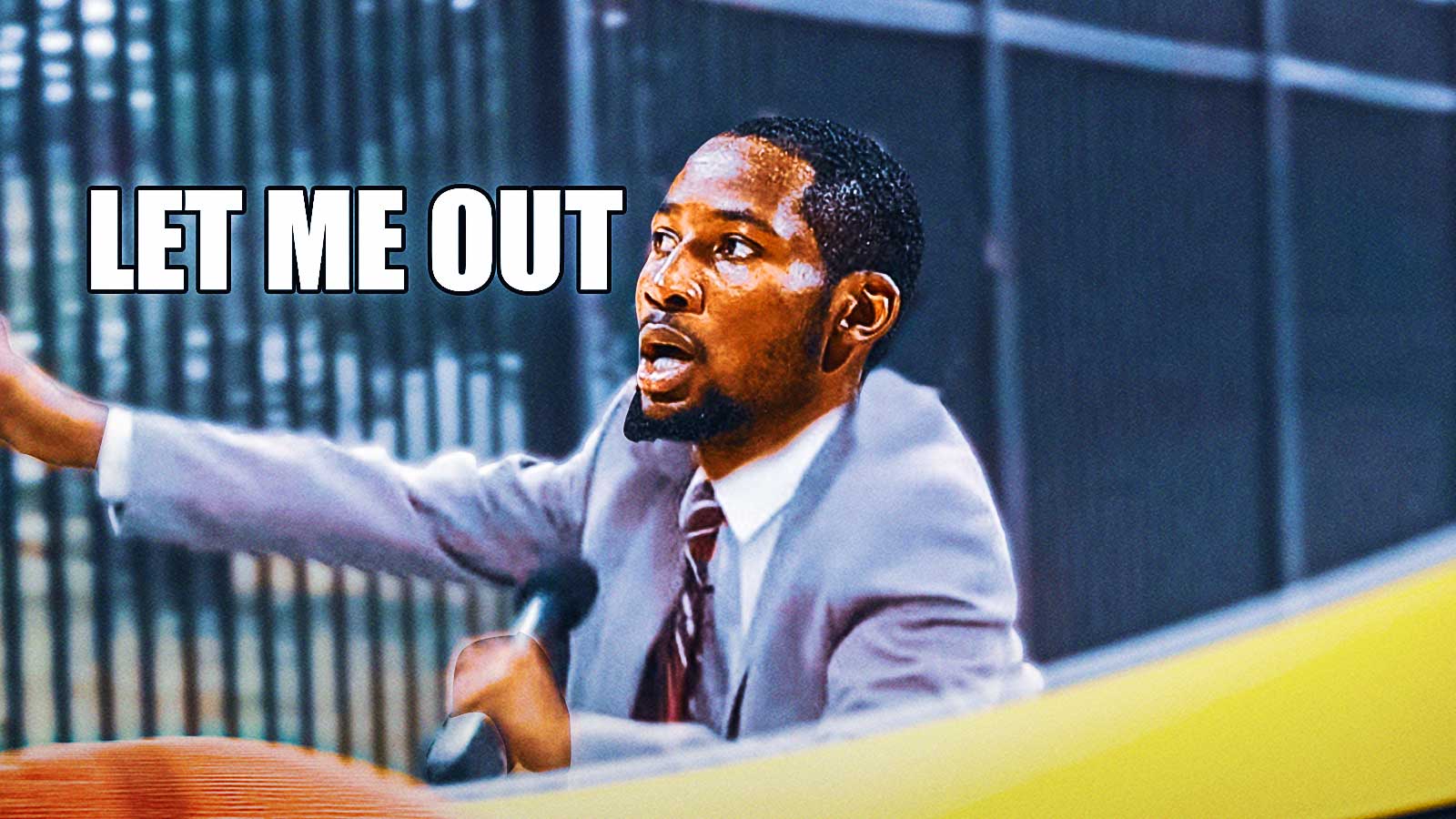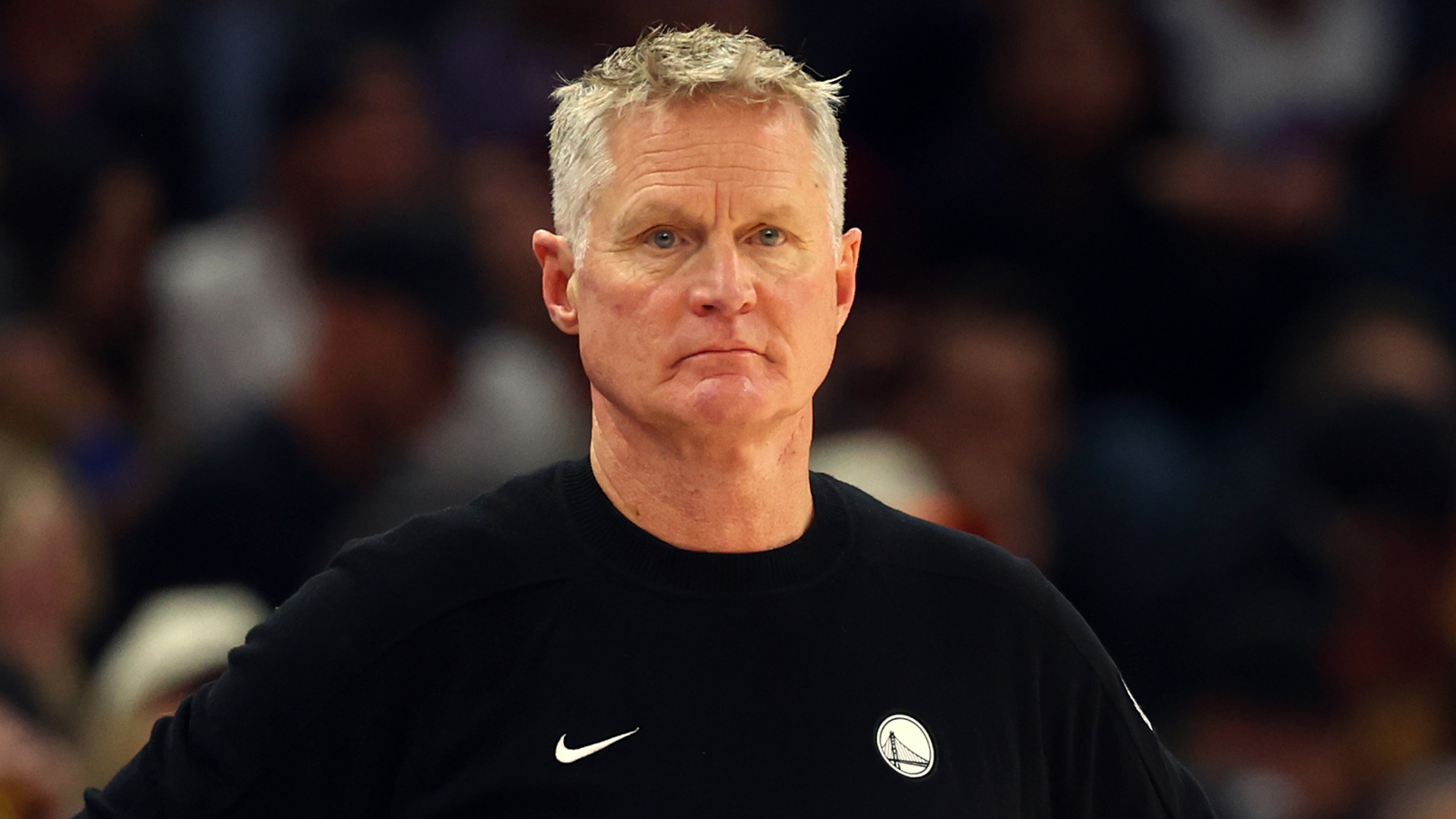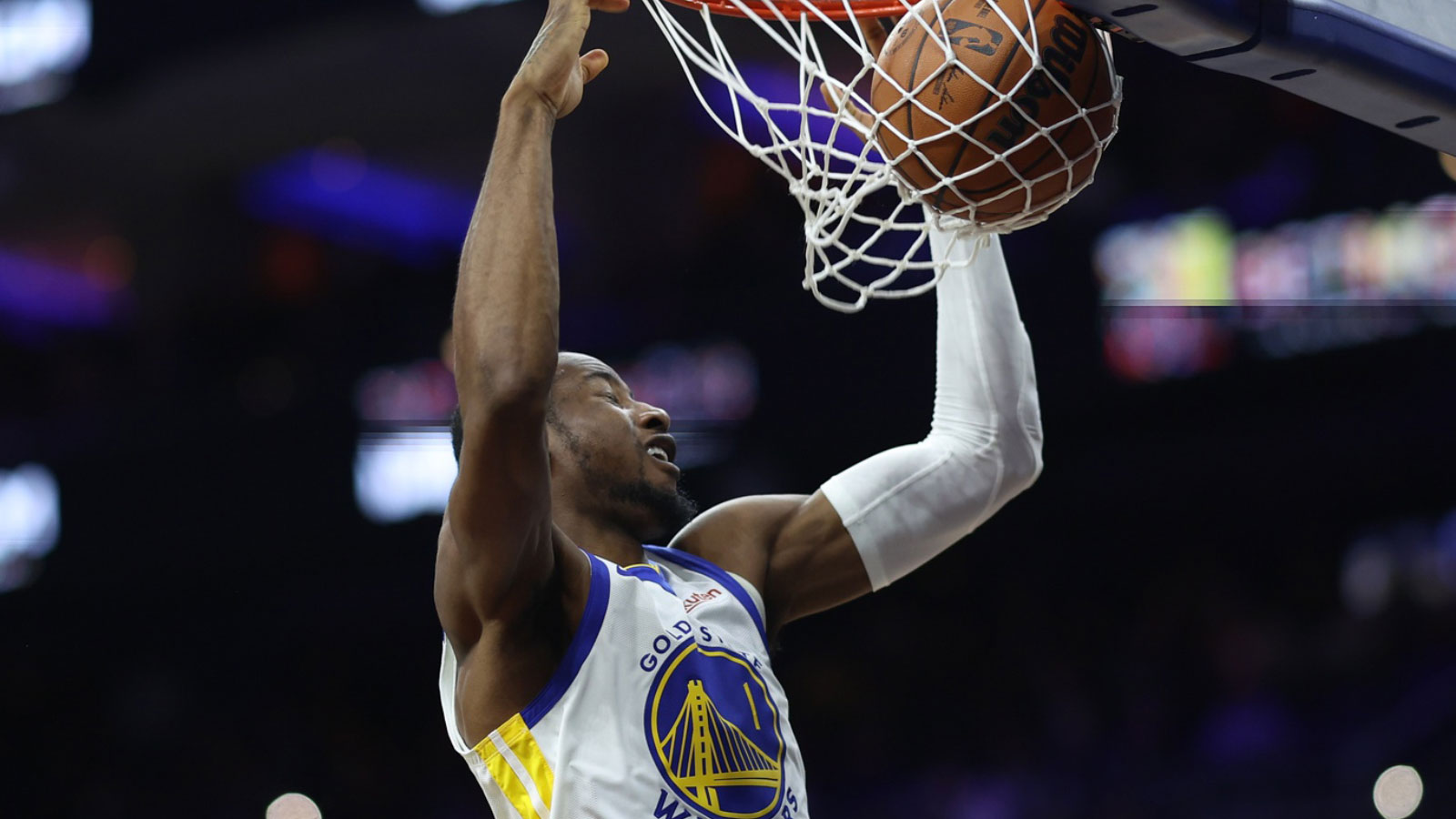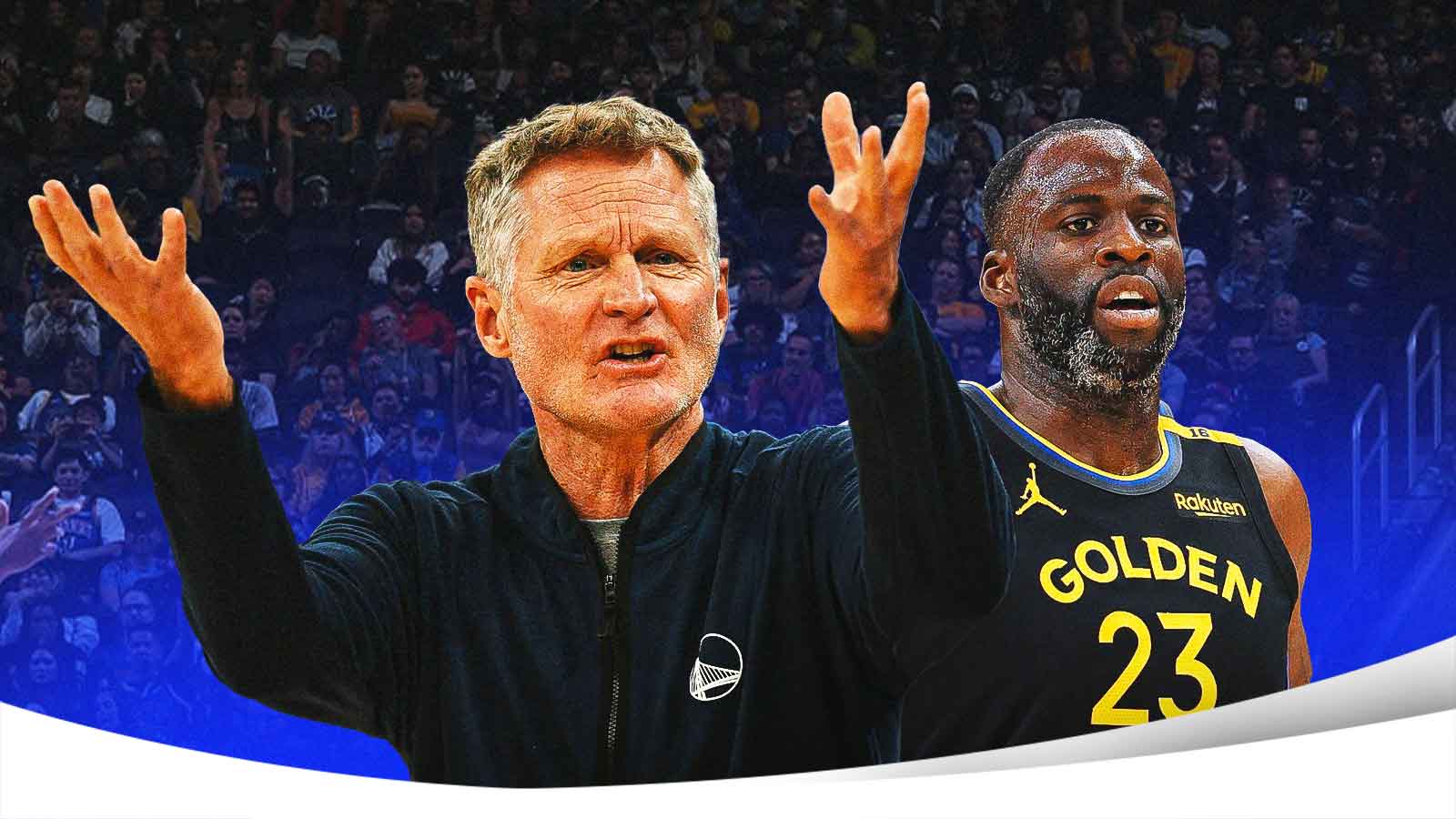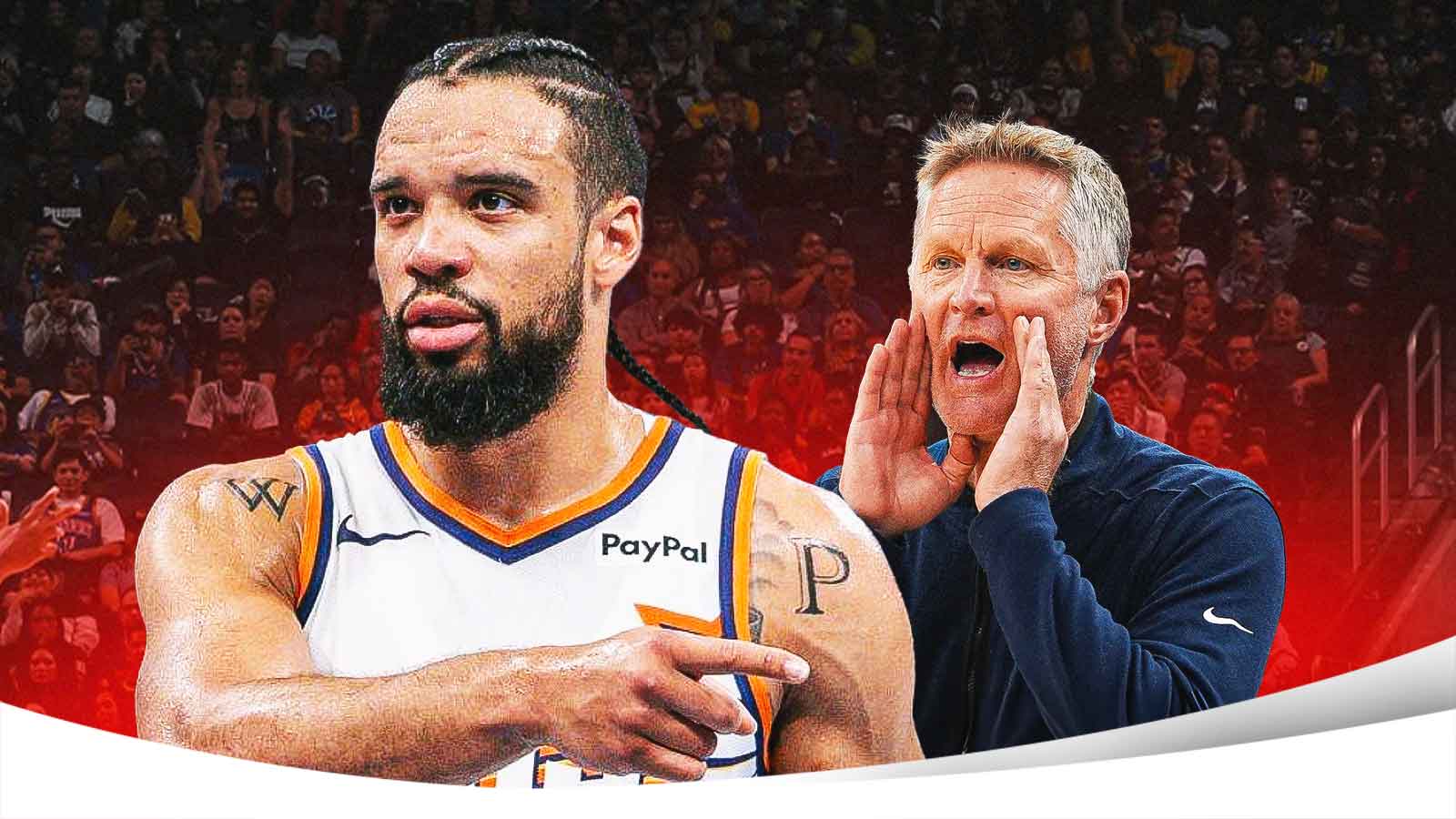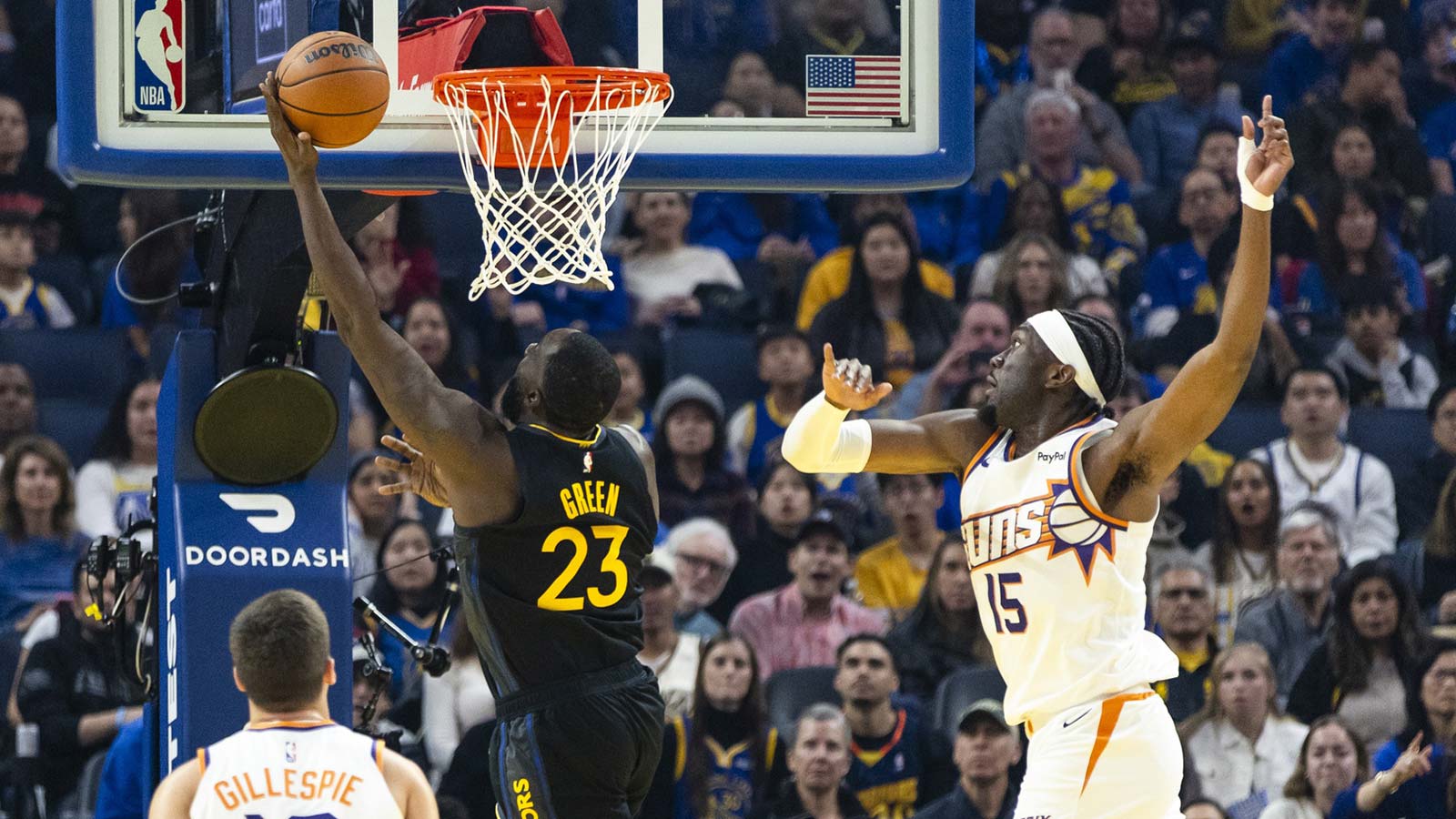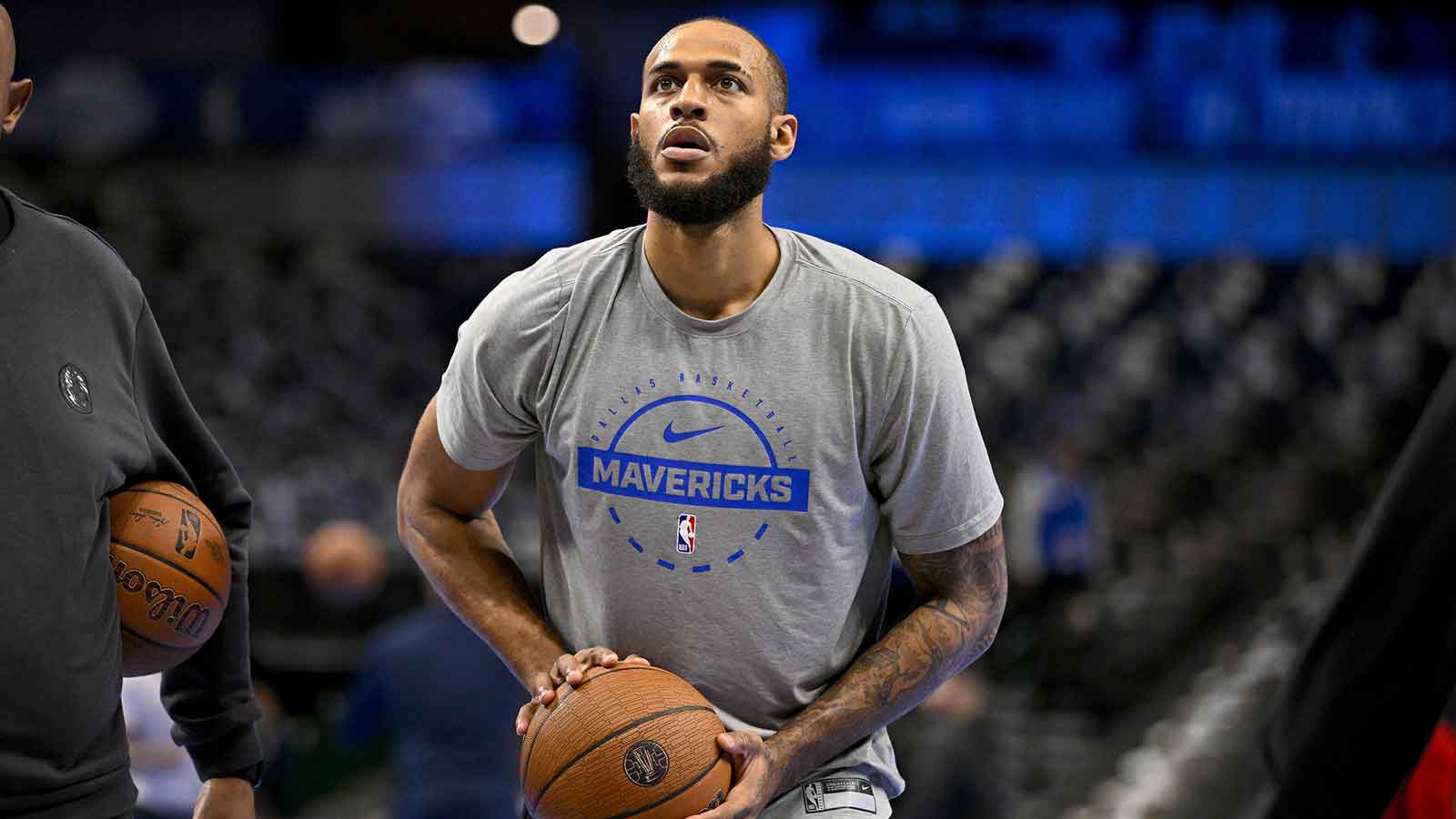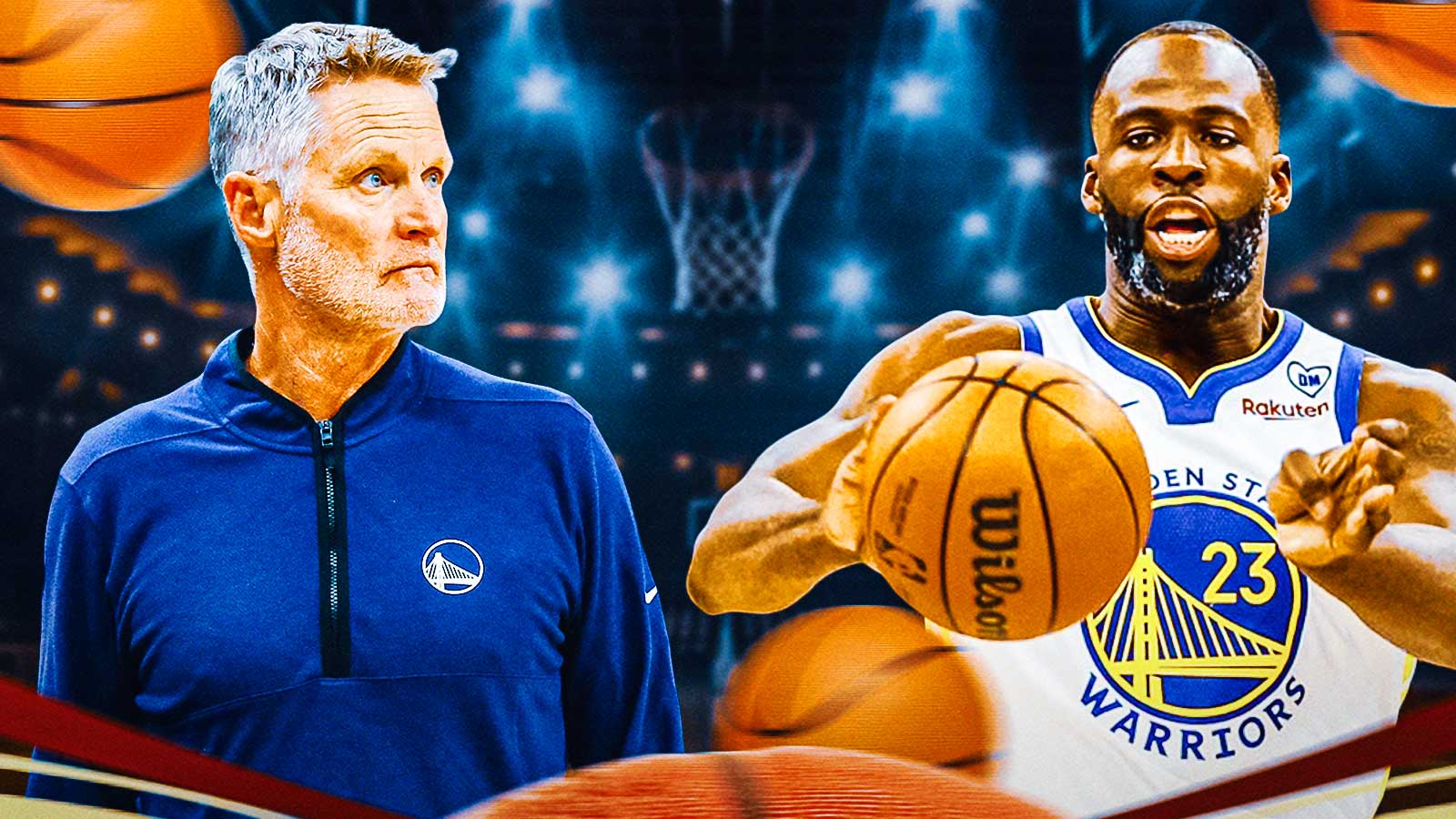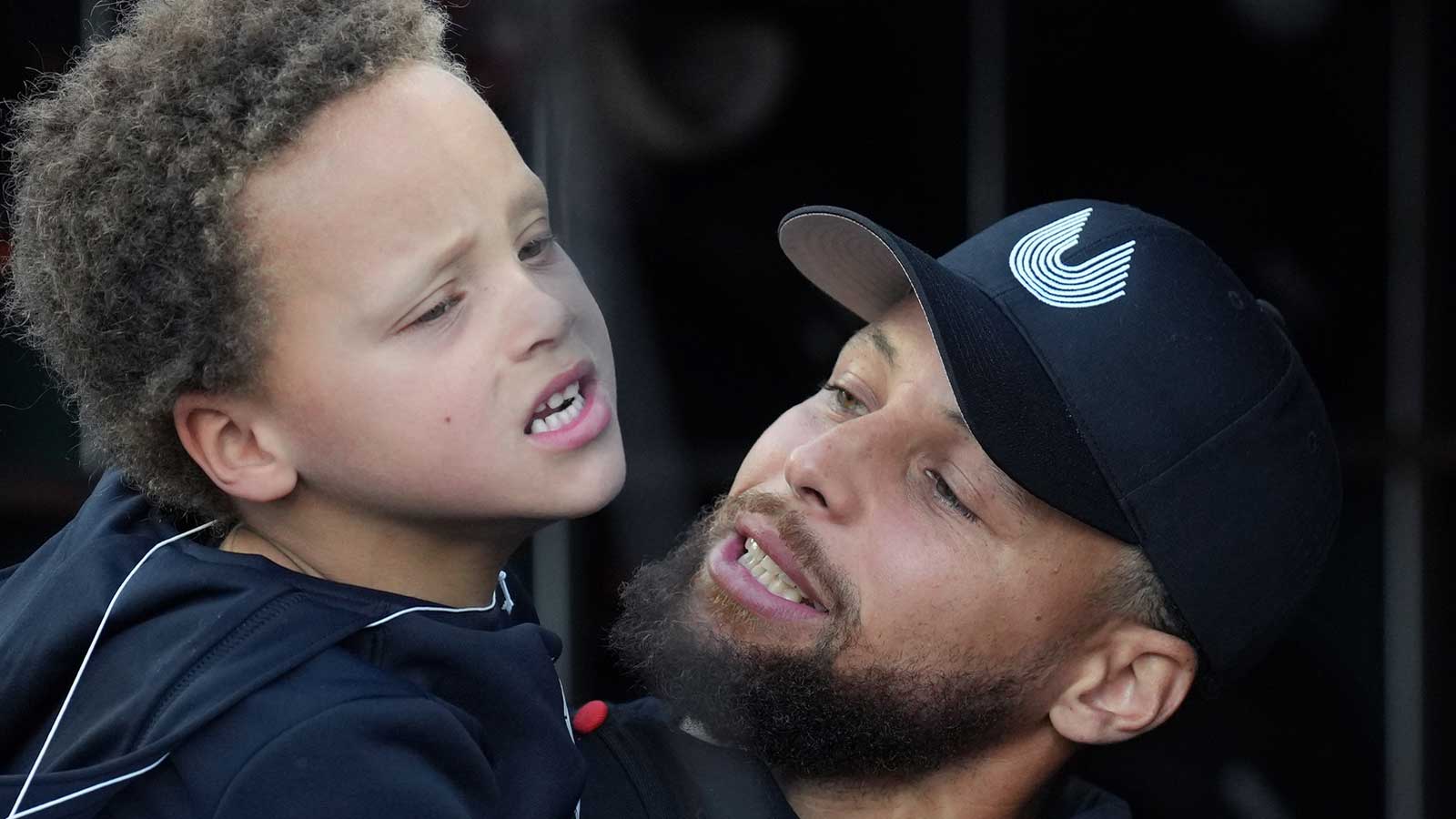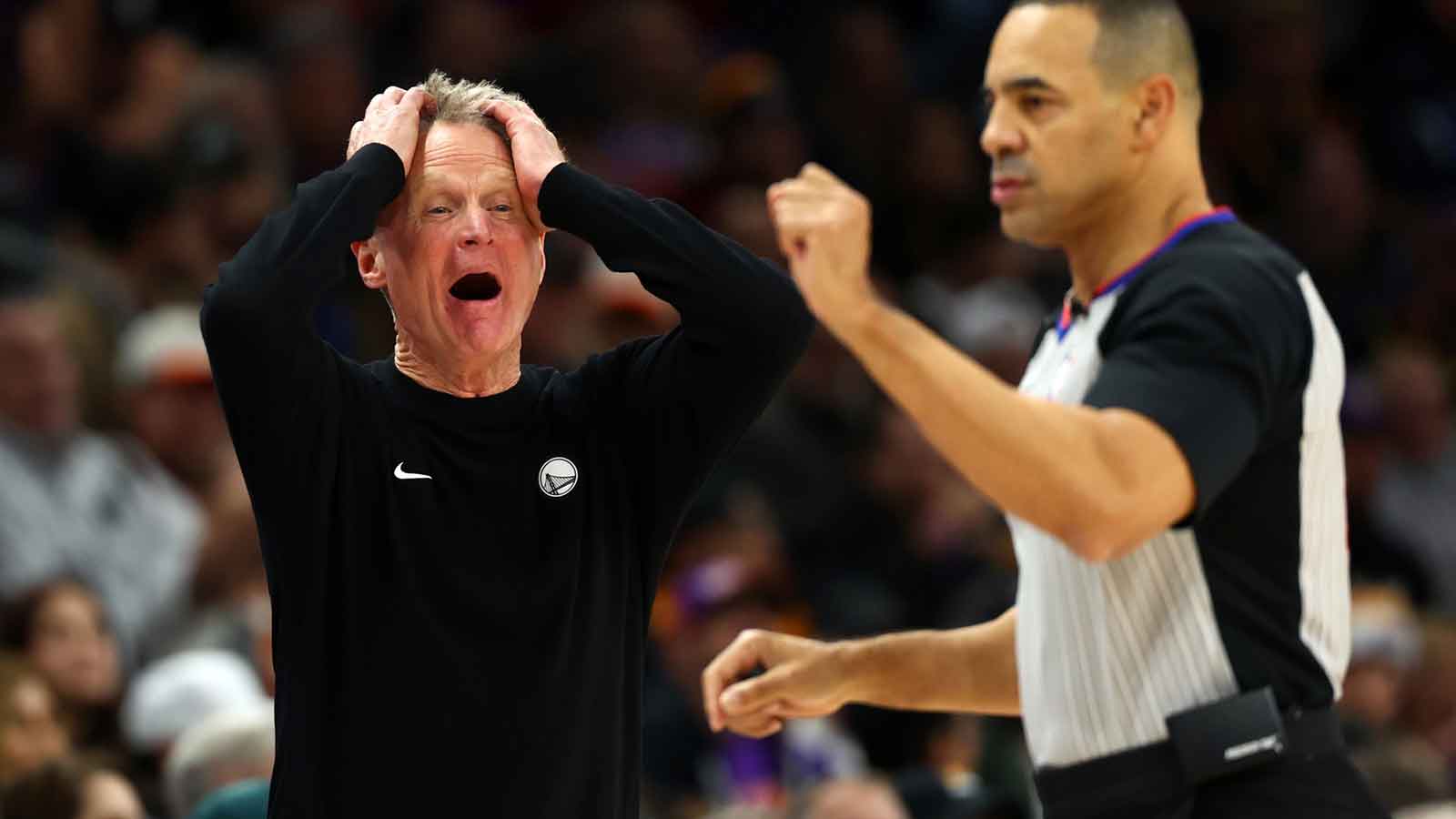Draymond Green believes it's up to him to fix the Golden State Warriors' porous early-season defense. Even one of the most impactful, additive defenders in league history, though, couldn't possibly plug all the leaks that have sprung during the defending champions' 2-2 start to the regular season.
Besides, Green's sweeping influence can only extend so far from the bench, and there's ample evidence to suggest he and the Warriors' other starters are the least of their team's problems on that side of the ball.
Golden State's 114.8 defensive rating ranks 22nd in the league, per NBA.com/stats. The Warriors are also bottom-10 in opponent's effective field goal percentage, defensive rebounding percentage and opposing free throw rate—hardly the stats that drove their defensive success en route to a fourth title in eight years last season.
Digging deeper reveals a silver lining behind Golden State's inability to string together stops, though, and it's not exactly shocking given the unique composition of this team's roster and its many moving rotational variables.
In 49 minutes of court time this season, the Warriors' starting five boasts a defensive rating of 99.1, per NBA.com/stats. That's stingier than the Milwaukee Bucks' league-leading 99.5 defensive rating, a mark nearly four points per 100 possessions better than second-place. Kerr's opening five is thriving in the same areas the team at large is really struggling, too.
The lineup of Stephen Curry, Klay Thompson, Andrew Wiggins, Green and Kevon Looney has forced opponents into a 47.4 effective field goal percentage. The starters are cleaning the defensive glass at an elite level as well, and only committing shooting fouls at a league-average frequency. They've also been at least slightly better keeping opponents out of transition.
Some of Golden State's team-wide, small-sample data indicates its defensive fabric hasn't come completely unraveled, either.
The Warriors are allowing basketball's lowest share of field goal attempts at the rim, per Cleaning the Glass, the driving force behind them ranking second in opponent's expected eFG%. Their 16.1% forced turnover rate is third in the league, and even non-starter lineups—including the Dubs' small-ball and all-bench units—are creating miscues like gangbusters.
Optimistic preseason talk about Golden State's blend of title-proven veterans and talent-rich young players conveniently ignored one of the league's most hardened realities. It takes years for the vast majority of players to develop the understanding, strength and overall fortitude needed to play quality defense, especially when paired with other inexperienced early-twentysomethings and offseason additions.
Kerr has been candid since training camp tipped off about the unknowns of his team's playing rotation beyond its “foundational six.” Ongoing load ramp-ups for Thompson and Green have only made it more difficult for the Warriors' non-starting quintets to establish continuity and cohesion, too.
Make no mistake, though: Golden State still has its defensive fast ball.
Once the rotation takes more permanent shape and young players like Jordan Poole, James Wiseman and Jonathan Kuminga get more experience playing together, the Warriors are bound to improve on that end of the floor. The question then will be which young players Kerr trusts to maintain the defensive string alongside Golden State's core when the games really start to matter come playoff time.
Good thing the Warriors have 78 more chances to figure it out.








